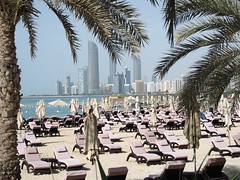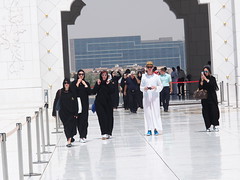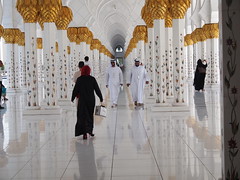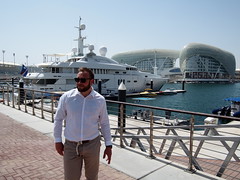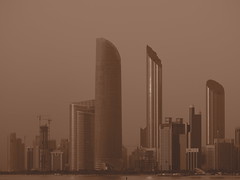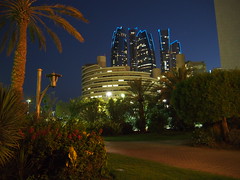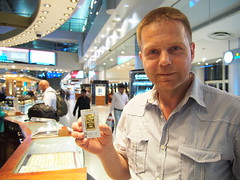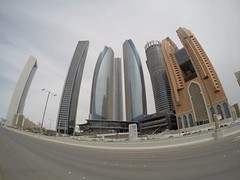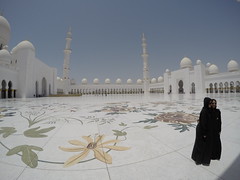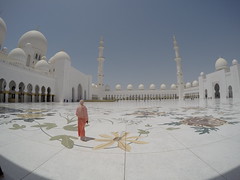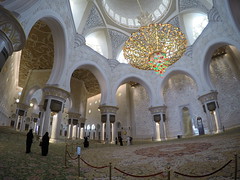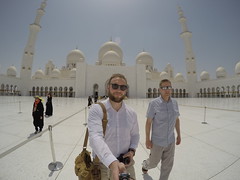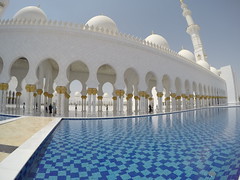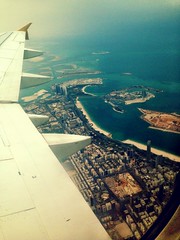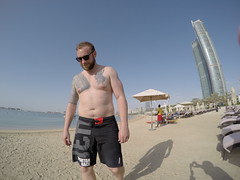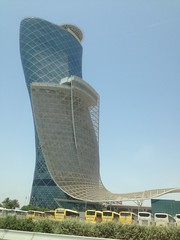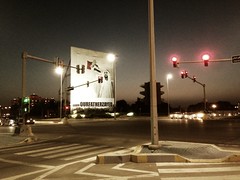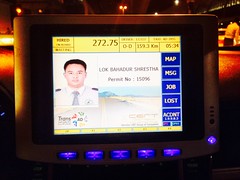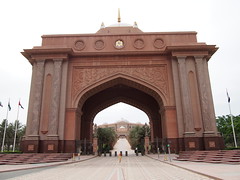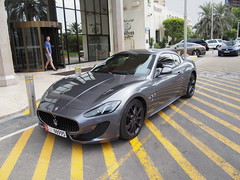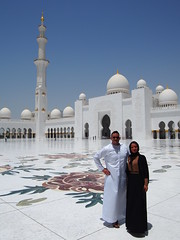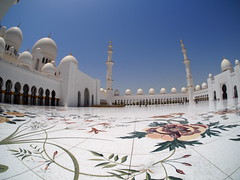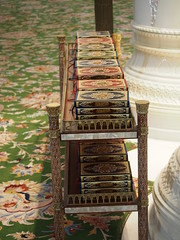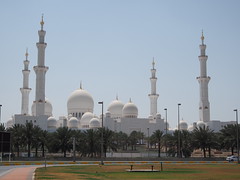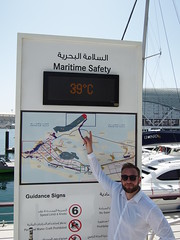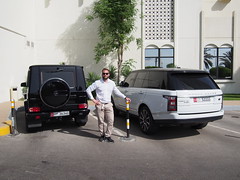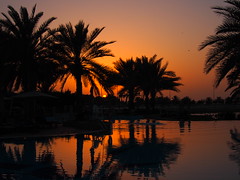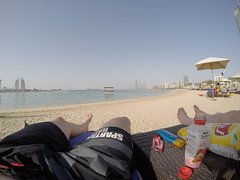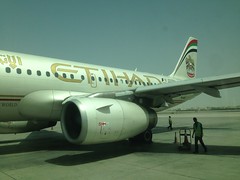One of the seven sheikhdoms that make up the United Arab Emirates, Abu Dhabi is the largest geographically, occupying more than 80 percent of the UAE’s total area. It is slightly smaller than Ireland. The emirate’s capital city of the same name is also the federal capital and seat of government. Distinguished by a skyline of ultramodern high-rises, the city of Abu Dhabi sits on a T-shaped island, one of nearly 200 that dot the emirate’s Persian Gulf coastline.
The story of Abu Dhabi’s growth during the latter half of the 20th century begins with the discovery of massive offshore oil reserves in 1958, much of it within the Abu Dhabi emirate. At the time, Abu Dhabi and its neighboring tribal sheikhdoms were under British protection and were known collectively as the Trucial States. With the discovery of oil, petroleum exports soon dominated an economy previously dependent on pearl diving, herding, and agriculture, and imports subsequently increased.
When the United Kingdom ended its treaty arrangement, the seven emirates united, becoming fully independent in 1971. A rise in oil prices in 1973 enriched the sheikhdoms under the forward-looking leadership of Sheikh Zayed bin Sultan al Nahyan, descended from a family that had ruled the Abu Dhabi emirate since the 18th century.
Today Abu Dhabi’s prosperity is most notable along its coast, where the skyscrapers, luxury hotels, and landscaped parks of the capital city welcome a mix of tourists, business travelers, foreign workers, and expatriates—all while preserving the Islamic heritage and Arab cultural roots of the Emiratis.
The Abu Dhabi emirate is also rich in natural beauty. Its island-dotted coastline gives way to a desert interior of fertile oases, scenic wadis, and thousand-foot-high dunes on the edge of the Rub al Khali, or Empty Quarter, a barren tract of sandy wilderness stretching into Oman, Saudi Arabia, and Yemen. In the oases, date palms thrive and forts still stand where caravans once paused along their ancient trading routes and where travelers today will find gardens, spas, museums, and outdoor activities, along with the opportunity to experience Bedouin hospitality.
More information here:
http://visitabudhabi.ae/en/default.aspx

